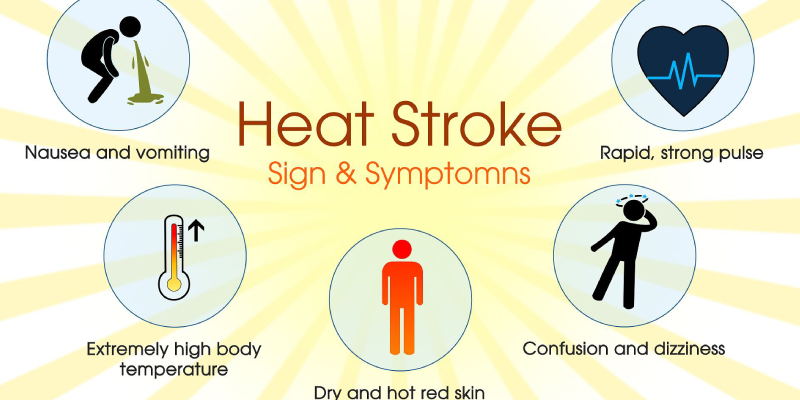
Heat stroke can be a serious danger during the summer months. Understanding what puts you at risk for heat stroke and what symptoms it causes are essential for your health and safety. Here’s what you need to know to stay safe:
- Heat kills an average of 658 people every year in the U.S., according to a study from the Centers for Disease Control and Prevention (CDC) that tracked heat-related deaths from 1999 to 2009.
- The weather doesn’t have to be super-hot to create the conditions for heat stroke. People who play or work in direct sunlight as well as those who engage in physical activity outdoors can begin to experience symptoms of heat stroke while temperatures are in the 80s and humidity is 80 percent or more, according to the Cleveland Clinic.
- Even if you’re physically active, you can still be at an increased risk for heat stroke. People who are elderly or very young aren’t able to regulate temperatures as well as others, making them more susceptible to heat stroke. Those who are overweight or obese as well as those who have chronic diseases also stand at elevated risk, as do those who aren’t used to high temperatures.
- Some medications can increase your risk for heat stroke, including blood pressure medications, antidepressants and ADHD medications.
- Feeling hot isn’t always the primary symptom of heat stroke. In fact, some people first develop headache or light-headedness as the key symptoms. As heat stroke progresses, it can cause nausea and muscle cramps.
- While it may seem logical to sweat more when you’re hot, in heat stroke, you actually stop sweating as your body’s temperature regulation controls shut down.
